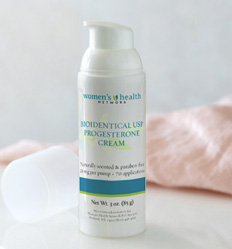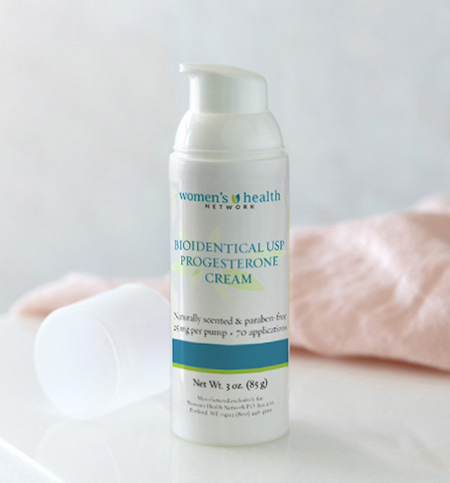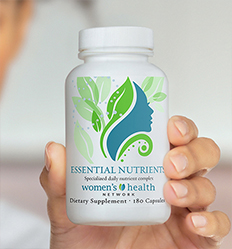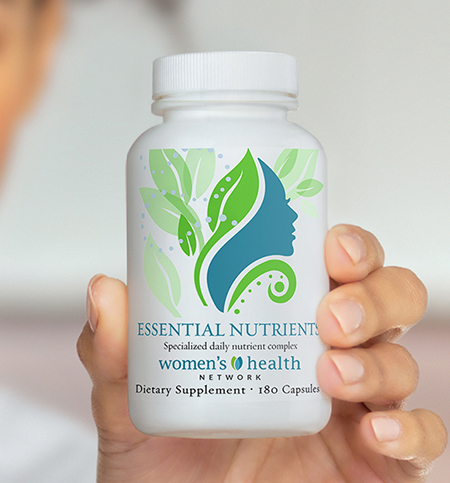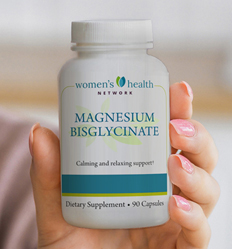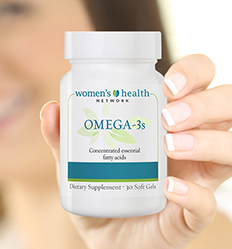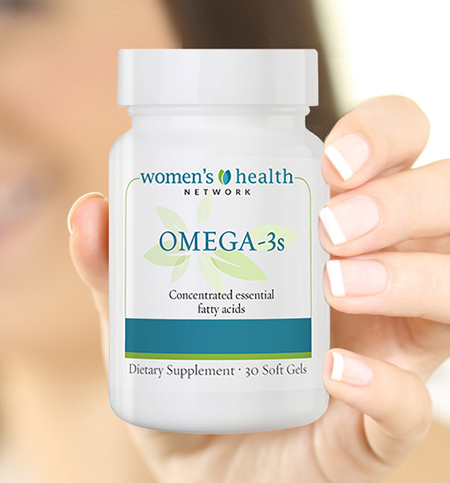Authored by Dr. Sarika Arora, MD
Even if headaches have never been a concern for them before, many women may become more sensitive to their own hormones as they get older. As they enter perimenopause, women may begin to experience hormonal headaches or menstrual migraines for the first time. The majority of these women experience a dramatic improvement in their headaches post menopause.
Addressing the root causes of hormonal headaches and migraines with a holistic approach can be effective. It can take a bit longer than popping a pill. But I assure you, there are many additional, long-term benefits following relief from your headache.
Who gets hormonal headaches?
Women who are susceptible to hormonal fluctuations often suffer with menstrual headaches or migraines just prior to the onset of menses when there is a natural drop in progesterone levels. But headaches may also occur when estrogen and other hormones spike. Or they may occur during menses itself, when estrogen and progesterone have bottomed out.
Hormonal headaches can come on suddenly or become more unpredictable in perimenopause or at menopause, when hormones are really shifting. Some women who have never experienced headache or migraine before begin to suffer with regularity. In my practice, I have seen women with incapacitating migraines in their initial year of menopause, similar to those they recall experiencing at puberty/menarche. But for the 40 years in between, they had no headache pain! Every woman is different. And tuning into your body’s own unique signals is the first step in any kind of natural prevention or treatment.
As with any other kind of headache or migraine, tracking the onset of your pain using a journal will help you get a handle on any pattern and potential cause. If you are still menstruating, I recommend charting the days of your period for a few months with the same journal. This will help you understand the basic ebb and flow of hormones in your system each month. And how these may relate to your headache or migraine.
You should be aware that most headaches are multifactorial and may have overlapping triggers. Hormones are often part of the headache/migraine cascade, even if they haven’t been officially identified. Any woman with regular headaches or migraines can benefit from improving her overall ratio of estrogen and progesterone.
The estrogen–progesterone connection
Most hormonal headaches occur when levels of estrogen are out of balance in relation to natural levels of progesterone. As noted above, for many women this may be correlated with the naturally lower levels of progesterone that are normal before their period starts, when progesterone levels naturally drop off. Or less frequently, it may be a state of true progesterone deficiency. Some women, especially during perimenopause and menopause, may have unnaturally low progesterone levels that require supplementation. Only a blood test or saliva test can tell you what your levels actually look like.
When to test
At Women’s Health Network, we recommend having progesterone levels tested during the mid-luteal stage of your menstrual cycle. Depending on the number of days in your cycle, this usually occurs after ovulation. That occurs somewhere around day 21 of a classic 28–day cycle. Some practitioners provide a simple saliva test; others recommend the more expensive blood test.
A typical finding in women of all ages during these tests is that “baseline” progesterone levels are acceptable but the ratio of progesterone to estrogen is off. This doesn’t mean your estrogen levels are abnormal. Although, if you’re worried, you can test your estrogen levels as well with a blood panel. Most of the time it simply means the level of estrogen is out of sync with the progesterone level.
How does the ratio of estrogen to progesterone go awry? It may be that you are “estrogenic” and your body readily converts progesterone into estrogen. Or you may be susceptible — as many of us are — to the rising level of xenoestrogens and other endocrine disruptors in our environment. These substances mimic estrogen in the body and can tip your delicate hormonal balance. (You may also have other dietary or stress–related triggers in addition to your hormones). Once you suspect that your headaches or migraines have a hormonal component, you can do something about them.
Preventing hormonal headaches naturally
Getting to the root of these hormonal headaches means dealing with a temporary or chronic imbalance of estrogen in relation to progesterone. A healthy diet that avoids or eliminates simple carbohydrates, refined sugars and processed foods is always the first step. Our lifestyle and nutritional guidelines can get you started.
The second step is to decrease or eliminate toxins that can be exacerbating your hormonal imbalance. It’s always a good idea to be on the lookout for endocrine–disrupting chemicals in your environment and avoid them as much as possible. Even the perfume in your cosmetics can trigger a migraine.
Supplement to fill dietary gaps
The third step is to fill in any dietary gaps with nutritional supplements. Good choices to begin with are core nutrients like those offered in our Health Protocols — a rich multivitamin, essential fatty acids and calcium/magnesium. Believe it or not, all are crucial to supporting your hormone balance and restoring a good progesterone-to-estrogen ratio. Additional nutritional measures include non-GMO soy, fresh ground flax seed or other foods high in fatty acids, fiber and isoflavones (red clover).
Specific supplements can nip migraines in the bud. Certain herbs have been used to prevent and treat headaches by herbalists for thousands of years. At least two are now solidly confirmed by scientists as effective in clinical trials. These are butterbur (Petasites hybridus) and feverfew (Tanacetum parthenium). The mineral magnesium and Vitamin B2 (riboflavin) have both been demonstrated to decrease migraine frequency in people who normally have multiple migraines a month. By decrease, I mean at least a 50% reduction in migraine frequency in some women.
Today there are various safe, over-the-counter migraine prevention formulas that combine these natural ingredients. I’d encourage you to look into them because they can be especially helpful in combination formulas. For example, Migravent contains all four of the above ingredients: feverfew, butterbur, magnesium and riboflavin.
There are additional plant extracts and foods long used in various cultures to ameliorate headaches and other symptoms associated with fluctuating hormones. These include soy, black cohosh (Cimicifuga racemosa) and dong quai (Angelica sinensis). While I generally recommend that anyone considering the use of naturopathic remedies consult the advice of a qualified practitioner, you can also talk to your regular healthcare practitioner or call one of our Advisors. For many women, changes in diet, nutrition level and lifestyle are all they need to feel better.
The role of progesterone in preventing headaches
Once you’ve established a basic core of nutrition, you may find that adding natural hormone supplementation, specifically bioidentical progesterone at the right time of the month, provides great relief. I recommend you work with a qualified healthcare practitioner to explore the use of bioidentical hormone therapy.
Natural nutrient support for migraine relief
If you’re one of the many women who experience migraine headaches, supporting your body’s natural energy and stress response systems can make a real difference. At Women’s Health Network, we recommend four science-backed essentials to help calm the nervous system, reduce inflammation and support healthy energy production:
Vitamin B complex – especially B2 (riboflavin), which helps regulate nerve function and energy metabolism in the brain.
Magnesium bisglycinate – a gentle, highly absorbable form of magnesium that relaxes overactive nerves and muscles often involved in headache pain.
CoQ10 – a potent antioxidant that supports mitochondrial energy production and has been shown to decrease migraine frequency and severity.
Omega-3 fatty acids – nourishing fats from fish oil that help lower inflammation and support healthy blood flow to the brain.
Together, these nutrients offer a safe, natural way to nurture your body’s resilience and help keep migraines from taking over your life.
Balanced and pain-free
While headaches may seem to be “all in your head,” the most effective treatment for any health problem takes into account the needs of your whole body. Unlike conventional medicine which only treats the pain, an integrative approach restores the baseline ratio of hormones. If you and your practitioner think hormones are causing your headaches, it may actually be good. It means that you have the opportunity to take effective, proactive measures.
By focusing on nutrition, proper supplements and a healthy lifestyle, with careful use of natural hormonal support when needed, you can decrease both the frequency and intensity of your hormonal headaches. You may even find that other symptoms dissipate as well. This approach may require a few months for full results. But once you get there, you may find your are completely free of headaches!
NOTE: Severe, blinding pain that comes on suddenly with no prior migraine history should be taken seriously. If you are experiencing new or different headaches, severe headaches or headaches with associated sensory or neurological symptoms, seek immediate help at your local hospital’s emergency department. DO NOT WAIT.







